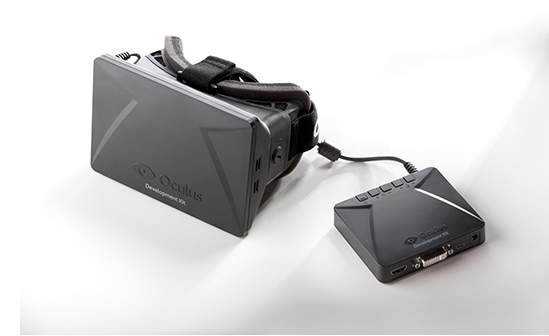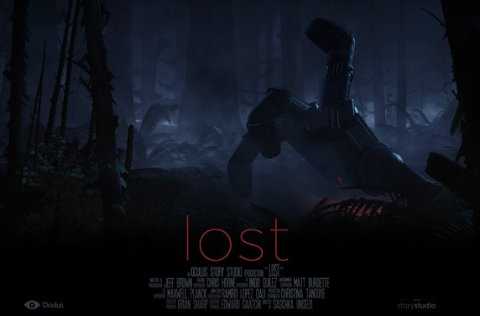[caption id="attachment_15148" align="aligncenter" width="549"]  Oculus Rift.[/caption] Playtime is officially over: Oculus, the startup that created the Rift virtual-reality headset, has scored $75 million in VC funding from Andreessen Horowitz (with involvement from Spark Capital, Matrix Partners, and other venture-capitalist firms). With that wad of cash in hand, Oculus will now attempt to become a serious player in the gaming world. That Series B funding places Oculus’ valuation at roughly $250 million, according to Wired. “I think I’ve seen five or six computer demos in my life that made me think the world was about to change,” Andreessen Horowitz investor Chris Dixon told the magazine. “Apple II, Netscape, Google, iPhone… then Oculus. It was that kind of amazing.” Under the agreement, members of the VC firm will join the Oculus board. Virtual-reality headsets have been a staple of speculative fiction for decades. “To me it always felt kind of inevitable but it was one of those things, you never knew quite when it would become a reality,” Dixon told The Verge in a separate interview. Oculus Rift’s quest to become a reality began last year, when its creators demonstrated a prototype at the E3 conference, followed by a highly successful Kickstarter campaign that managed to raise a little under $2.5 million in funding. After issuing a hardware development kit, the company got to work on an SDK for actually building games. The project received a major boost in November when John Carmack, the legendary game designer who co-founded Id Software, became full-time chief technical officer at Oculus. He will presumably help his new company build games, and his name could help convince developers and gaming studios that Oculus is more than a trendy gimmick. While prominent game developers have been experimenting with the platform for months, Oculus needs a ton of funding in order to build a large number of consumer units. That’s where this Series B money comes into play. A commercial version of Oculus Rift will presumably improve on the development kit’s hardware, which includes 1280 x 800 resolution (640 x 800 per eye) and weighs 0.22 kilograms. Now it needs some killer games. Image: Oculus
Oculus Rift.[/caption] Playtime is officially over: Oculus, the startup that created the Rift virtual-reality headset, has scored $75 million in VC funding from Andreessen Horowitz (with involvement from Spark Capital, Matrix Partners, and other venture-capitalist firms). With that wad of cash in hand, Oculus will now attempt to become a serious player in the gaming world. That Series B funding places Oculus’ valuation at roughly $250 million, according to Wired. “I think I’ve seen five or six computer demos in my life that made me think the world was about to change,” Andreessen Horowitz investor Chris Dixon told the magazine. “Apple II, Netscape, Google, iPhone… then Oculus. It was that kind of amazing.” Under the agreement, members of the VC firm will join the Oculus board. Virtual-reality headsets have been a staple of speculative fiction for decades. “To me it always felt kind of inevitable but it was one of those things, you never knew quite when it would become a reality,” Dixon told The Verge in a separate interview. Oculus Rift’s quest to become a reality began last year, when its creators demonstrated a prototype at the E3 conference, followed by a highly successful Kickstarter campaign that managed to raise a little under $2.5 million in funding. After issuing a hardware development kit, the company got to work on an SDK for actually building games. The project received a major boost in November when John Carmack, the legendary game designer who co-founded Id Software, became full-time chief technical officer at Oculus. He will presumably help his new company build games, and his name could help convince developers and gaming studios that Oculus is more than a trendy gimmick. While prominent game developers have been experimenting with the platform for months, Oculus needs a ton of funding in order to build a large number of consumer units. That’s where this Series B money comes into play. A commercial version of Oculus Rift will presumably improve on the development kit’s hardware, which includes 1280 x 800 resolution (640 x 800 per eye) and weighs 0.22 kilograms. Now it needs some killer games. Image: Oculus

